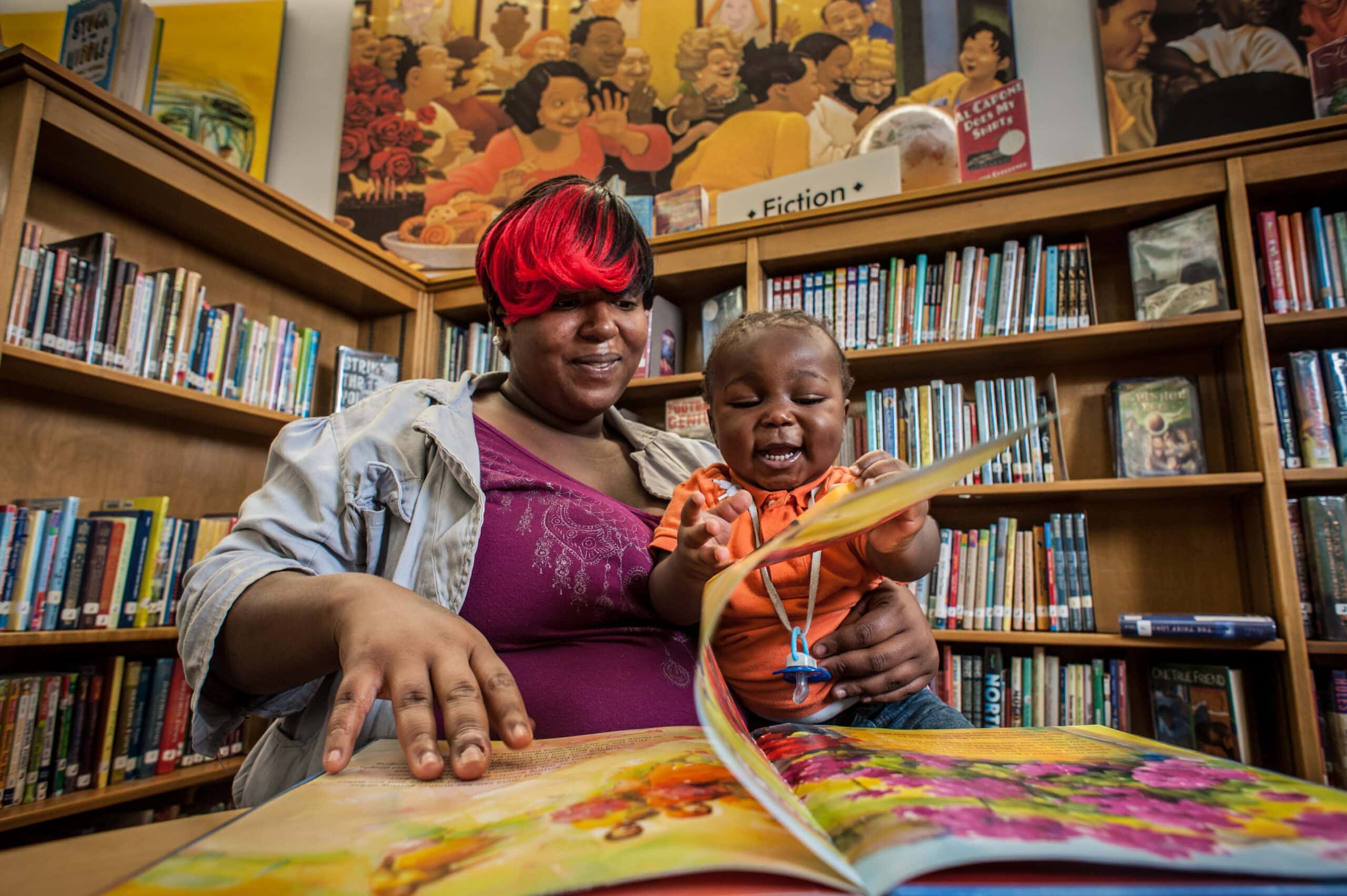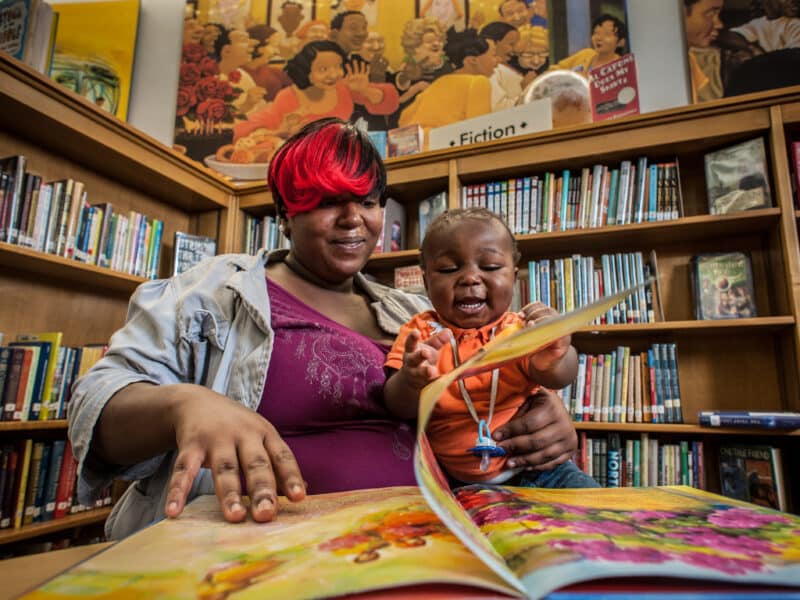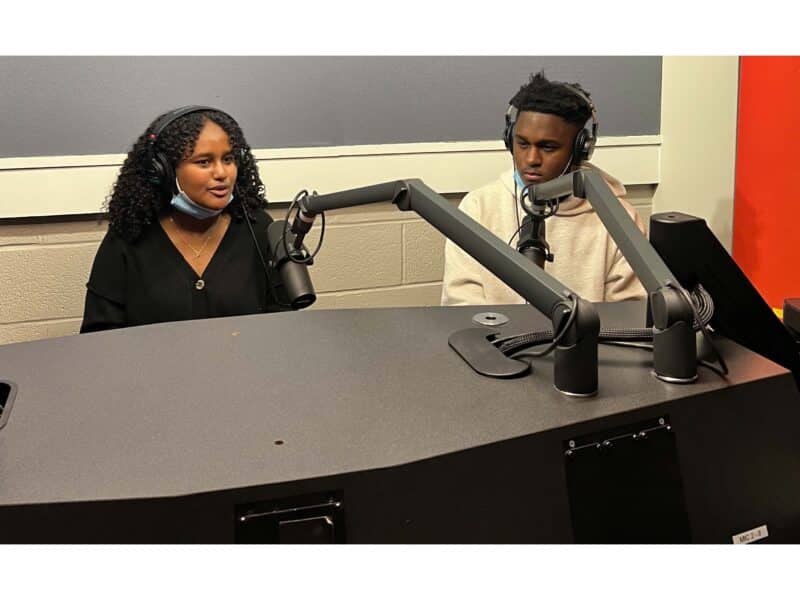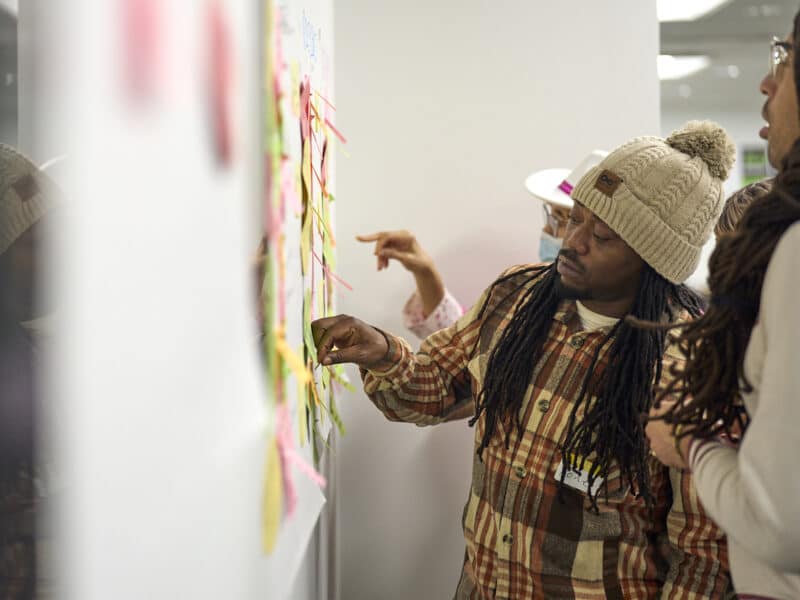Fifteen years ago, infant mortality rates in Baltimore City were high, among the worst in the country. There were also deep health disparities, with Black babies in Baltimore five times more likely to die than their white counterparts.
City leaders pictured a different sort of community, one where every baby would be given a chance to thrive, and families would feel supported, respected, and empowered.
That dream became the B’more for Healthy Babies initiative, which since 2009 has not just brought infant rates down to historic lows but has created programming to turn that healthy start into quality community-driven health programming throughout a lifetime.
To do this, the Baltimore City Health Department brought together a group of passionate and skilled community leaders and local organizations and resources. B’more for Healthy Babies is supported by the Family League of Baltimore and HealthCare Access Maryland and is celebrating this milestone anniversary with an evening of resources and fun for families from across the city this month.
And the Johns Hopkins Center for Communication Programs has been there almost since the start, as the force behind successful public health campaigns and community outreach activities designed to not just create programs, but to create connections.
The B’more for Healthy Babies journey began with a simple but powerful campaign called SLEEP SAFE. At first, the message was straightforward: babies should sleep alone, on their backs, in a crib. And, over time, the approach evolved as the science did.
It was never about lecturing parents. It was about understanding their challenges, supporting them, and building a community of care. And what makes B’more for Healthy Babies truly special is that it has never approached communities as problems to be solved, but as partners to be listened to and supported.
“Over time, efforts around dignity and respect became deepened, and so it became more that we see parents as full, multi-faceted human beings with full lives and lots of pressures,” says CCP’s Tina Suliman, who has been with BHB since nearly the beginning. “And parenting is hard, and getting a baby to sleep is harder. And so bringing in that piece of empathy, as well as building relationships with the communities has made our messages even more robust over time.
“We’re still giving you the facts, but we’re also saying, when one of those pieces doesn’t feel attainable, here is where you can go or here’s who you can lean on for support.”
Josh Sharfstein, a vice dean at the Johns Hopkins Bloomberg School of Public Health, was the Baltimore City Health Commissioner in 2009, when infant mortality rates were at their peak. He says that the city was trying to address infant mortality and advise on safe sleep via the health care system, giving education in the days after birth.
“We gave onesies that said, ‘If I’m sleeping, turn me over,’ which we thought were really cute, to every baby born in Baltimore City, but it wasn’t having an impact,” he recalls.
It was a heartbreaking time. He remembers writing letters to the birthing hospital every time a baby died from unsafe sleep, urging the staff to redouble their efforts at parental education.
That’s when he brought in CCP to begin to understand what was going on from the perspective of the parents. Turns out, parents were overwhelmed and not hearing the safe sleep messages in the chaotic first days of life from the hospital. They were learning from their friends and neighbors, CCP explained, who may not have the best information about how to stay safe.
“The CCP team came up with a very different kind of campaign that featured the voices of people in Baltimore, including some parents who had lost babies because of unsafe sleep,” Sharfstein says. CCP created what he called “very arresting videos” that were played in jury selection rooms and the social service agencies on the television there. Later the campaign spread widely from bus advertising and outreach in barbershops.
“We saw that understanding about safe sleep practices went up tremendously in the city, that the behavior of putting babies to sleep alone on their back and in a crib went up too,” Sharfstein says. “And every time I tried to thank CCP, the staff always said it wasn’t us. It was all the people that came together.”
While BHB’s first communication campaign began with safe sleep, over the years campaigns have touched nearly every aspect of family health from grief support to developmental milestones, from reproductive health to nutrition, from breastfeeding to smoking cessation. But it’s never been about checking boxes – it has always been about real people, real families, and real support.
“There’s a way that we’re able to do our work that’s really embraced and, in fact, encouraged and celebrated and elevated connection and genuine representation and investment and humility in communities,” Suliman says. “And I think that the success of the program reflects that.”
B’more for Healthy Babies has also been a pioneer in addressing health equity. The initiative has consistently centered the experiences of Black families, recognizing that systemic challenges require systemic solutions. Their approach isn’t just about providing information – it’s about creating genuine, supportive connections.
“B’more for Healthy Babies is more than a program,” says CCP’s August Summers, who leads the center’s domestic initiatives. “It’s a trusted initiative in Baltimore, a symbol of hope, and a testament to what’s possible when a community comes together with love.”
Stacey Stephens, a clinical assistant professor at the University of Maryland School of Social Work who directs B’more for Healthy Babies programs in the Upton/Druid Heights/Mondawmin neighborhoods, says CCP has combined its behavior science expertise and experience while using plain language to reach the widest audience possible.
“We have partnered extensively with Hopkins and CCP and it has been our great pleasure,” she says. “There’s no way that we could have accomplished what we’ve accomplished without the expertise of this partnership.”
Stephens says she had long admired the way that CCP has worked with people in the community who share their stories in the hopes of improving the lives of other city residents.
“They have been able to establish amazing relationships with families, partners such as barbers in barber shops,” she says. “They have spent time with them, interviewed them, and really made sure that the materials they created were high quality, capturing the essence of who the individuals are, either mothers around breastfeeding, mothers and fathers around their stories and lived experience around navigating and keeping their babies safe, and also capturing the stories and the essence of who our young fathers are and how their needs may differ from fathers who are older or other caregivers in the community.
“They are so honoring and so respectful as they’re interfacing with people,” she says. “And they have done it so beautifully.”





